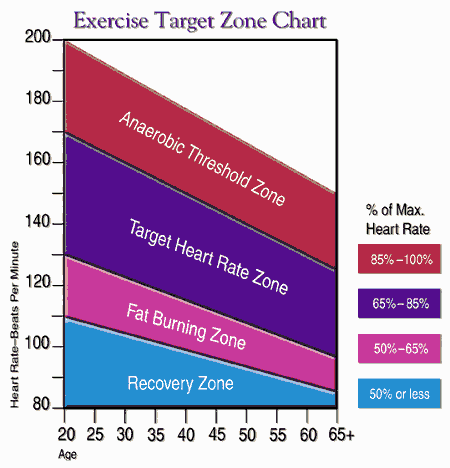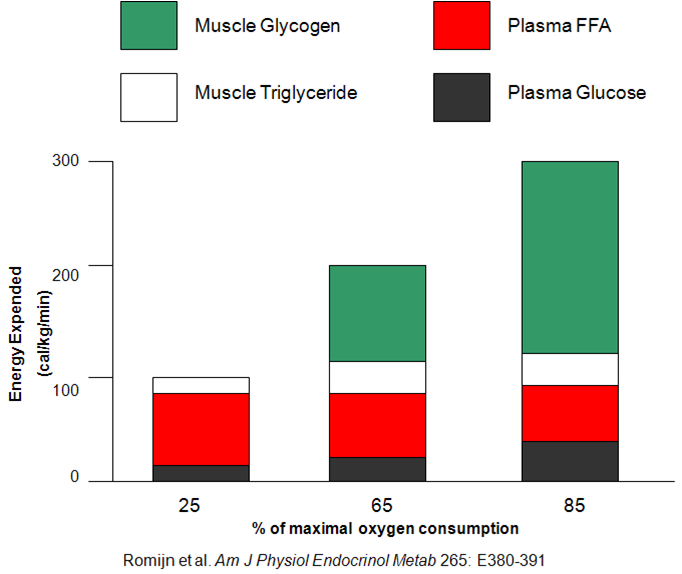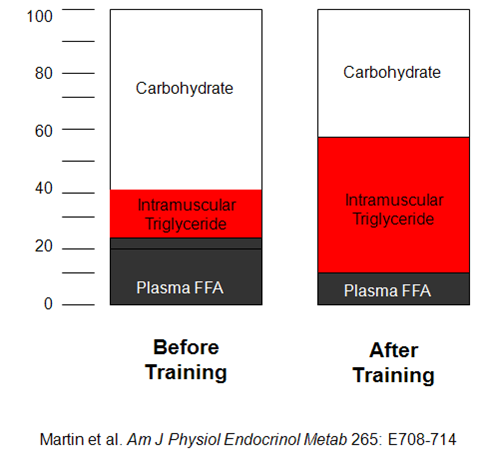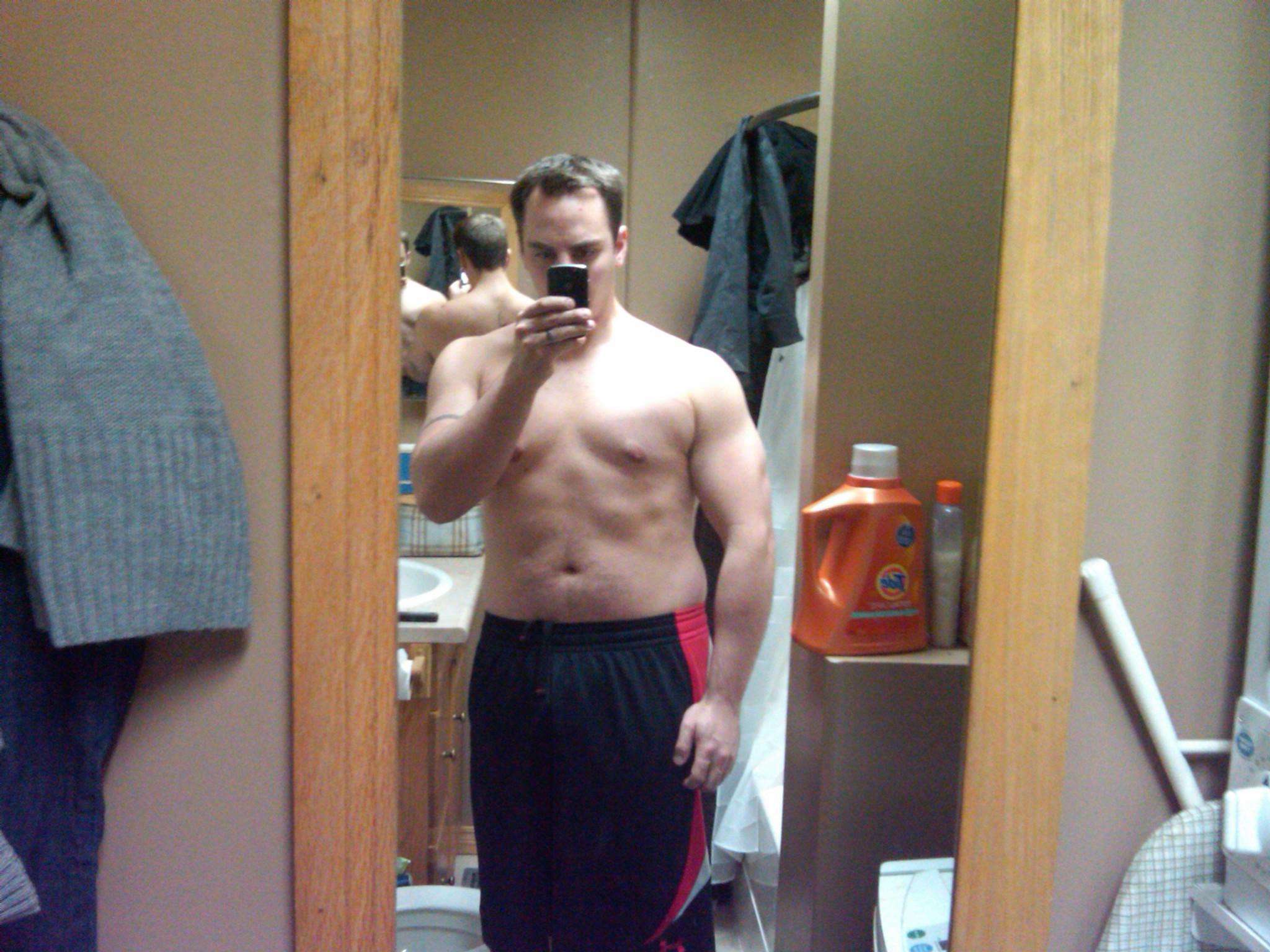How to Lose 10 Pounds in 6 Hours, Without Dieting
I know what you`re probably thinking, that I’ve finally gone crazy. However, as a counter-point, if you really knew me, you’d know that happened a long time ago.
Here’s the funny thing about fat loss: Very few people actually know how to do it. Sure, there are nutritionists and dietitians and exercise gurus galore who can make people work out and eat endless piles of celery and green peppers, but do they actually KNOW how to get someone to lose weight? And even better, would they? Odds are they wouldn’t, even if they knew the solution. This isn’t to say they are approaching it in any way other than a purely altruistic manner, but everyone who has seen success in weight loss has found it slightly differently, and in many cases the methods used were simple: eat less and exercise more. Since it works for most people, it should work for all people, right?
WRONG
What most people don’t tell you is that there is a best way to lose weight and an average, or even sub-par way of losing weight. For instance, let’s use the theoretical example of two identical twins, both looking to lose 60 pounds. One twin decides to do it with gradual caloric restriction, increasing the time they spend walking around the neighborhood, and occasionally taking the stairs instead of the escalator. In other words, what everyone tells him would be simple ways to help him lose weight, and which results in a modest 10 pound weight loss in the first year. The other twin decides to take a bit of a different approach. He decides he’s going to work out like a demon, eat good quality foods and ditch the fast food, and grows a set. At the end of the year, he’s lost the 60 pounds, and gained 10 more of muscle. On top of that, he stole the other twins’ girlfriend, punched his piss-poor boss in the kidneys, started driving a Mustang, and wrote a book about how to be Awesome, capital A, which details his life so far. Charlie Sheen is talking about injecting his blood and having his DNA in his genetic makeup. He is the half who is “bi-winning!!!”
 Let’s face facts: Most people trying to lose weight with cookie-cutter suggestions like taking the stairs or walking more will probably lose weight, but that’s simply because more exercise than they are used to will result in some change in body composition. To become “fit” and lean will need to work their asses a little bit harder.
Let’s face facts: Most people trying to lose weight with cookie-cutter suggestions like taking the stairs or walking more will probably lose weight, but that’s simply because more exercise than they are used to will result in some change in body composition. To become “fit” and lean will need to work their asses a little bit harder.
Let’s look at the simple act of “doing cardio.” most people will hop onto a piece of equipment at their local health club, and see some piece of crap like this: The Target Heart Rate Chart:
 As simple as this chart is, it’s amazingly misleading. It suggests that for someone looking to burn fat, they should work out with their target heart rate in the “Fat burning Zone” which for most people between 20-40, is roughly 110-130 beats per minute. In other words, conscious, standing , and moving enough to not fall asleep while watching re-runs of Dr. Phil and Oprah’s last season. Is anyone else obsessed about what she’ll give away in her LAST Favorite Things episode!!??!?
As simple as this chart is, it’s amazingly misleading. It suggests that for someone looking to burn fat, they should work out with their target heart rate in the “Fat burning Zone” which for most people between 20-40, is roughly 110-130 beats per minute. In other words, conscious, standing , and moving enough to not fall asleep while watching re-runs of Dr. Phil and Oprah’s last season. Is anyone else obsessed about what she’ll give away in her LAST Favorite Things episode!!??!?
Funny thing about the fat burning zone is that it’s the most energy-efficient metabolic pathway the body can utilize without being in a coma, which means burning off excess stored calories will come slow.
Let’s look at the different energy systems involved in metabolism. First, the aerobic zones. Now I know there will be some exercise nerds saying that aerobic means “with oxygen” as their skinny calves allow their knee-high socks to pool around their ankles. Yes, it means that you are working at an intensity where the demand for oxygen does not exceed the supply, based on your body’s ability to use oxygen (commonly referred to as the VO2). “Fat burning” for immediate energy is the primary energy source used here, and at higher intensities, some carbs. The downside is that this is a very energy-efficient fuel source, and one molecule of fat will produce about 100 molecules of ATP, the energy source for muscle contraction. Think of energy utilization kind of like fuel economy in your car: the more ATP produced per molecule of substrate, the longer it will take to burn off the tank. Conversely, if we compare that with anaerobic glycolysis, which is the burning of carbs as the main energy source at an intensity that requires more oxygen than is readily available, the conversion is one molecule of glucose producing 2 molecules of ATP, or to put it another way, 50 times faster weight loss!! Compare that with the ATP-CP system, which is typically only utilized during all-out sprinting endeavors, and it produces a 1:1 ratio, or roughly 100 times greater weight loss!! To continue with the car analogy, the fat burning zone is like driving a hybrid on the highway at 50 miles per hour, sipping fuel and taking forever to burn off the gas tank, which will get re-filled every time you lean into the fridge, versus training in the Anaerobic zone, which would be similar to driving a hummer in first gear, red lined, with the AC and the E-brake engaged. You’d burn through a hell of a lot more fuel in option 2 than in option one, which would translate to greater weight loss. So training in the “fat burning zone” while burning a greater percentage of fat during exercise, doesn’t burn more fat over time, nor does it burn off more carbs, which will get converted into fat if they don’t get burned off, and once burned off requires the breakdown of fat to replenish!!! Looking at how many calories are burned and where the sources come from, we see that more calories are burned from fat at lower intensities than at higher intensities, but the greater carb loss will pretty much blow the hell out of the fat burning zones benefits:
 That happens during the workout, but what about after? Can you actually increase your calorie-burning potential after the workout by changing what you do in the workout? Absolutely. By working at a higher intensity that requires the anaerobic use of a lot of carbs, your body has to break down more fat to replenish the stores in your liver and muscles in order to let you do that crazy-hard stuff again, which looks something like this.
That happens during the workout, but what about after? Can you actually increase your calorie-burning potential after the workout by changing what you do in the workout? Absolutely. By working at a higher intensity that requires the anaerobic use of a lot of carbs, your body has to break down more fat to replenish the stores in your liver and muscles in order to let you do that crazy-hard stuff again, which looks something like this.
 This is my long-winder way of asking myself a simple question back in the beginning of January:
This is my long-winder way of asking myself a simple question back in the beginning of January:
Can fat loss be maximized without changing diet and with minimal time investment, simply by altering training variables to use the most fuel possible in the shortest period of time available?? But of course!!!
Here’s the background info. January and February in the fitness industry is a bat-shit crazy, 14 hours a day, running around like a chicken with your head cut off time of year that usually makes rookie trainers wind up in the corner of the gym hugging their knees tightly and rocking back and forth. Time to work out is usually juggled between designing programs, scheduling, training clients, and occasionally sleeping from time to time. Eating well couldn’t always happen, no matter how much time you invest in cooking meals and buying good groceries. Sometimes the lunch box is empty and there’s still 10 HOURS LEFT IN THE DAY??!?? My life is no different, and to top it off we had the biggest snowfall month in history, as an estimated 781 feet of snow fell and the temperature hovered around -4223 Celsius, give or take.
So here’s what I did, I designed a very simple cardio program that I could do in only 15 minutes, every second day, for 2 months. This would even include a 2 week period of no structured exercise in the middle, sort of a cross-over test of my program design to see if weight gain would happen, and if so how much. Simple, right?
The workouts consisted of the following: 2 minute warmup, running at the self-tested VO2 max pace, based on metabolic equations from the ACSM (for me, it worked out to 7.2 miles per hour). From here, I was running 30 seconds at an intensity that corresponded with between 170-200% of VO2 max (speed between 10.5-12.0mph), and passive rest for 30 seconds for 13 minutes, and cooldown walk for 3 minutes. The time frame of 6 weeks involved a total of 16 workouts, each 15 minutes long, as well as three strength training workouts for an average of 40 minutes each, for a total amount of time of only 6 hours, less than 60 minutes each week.
Less than 1 hour each week.
As the intensity is high, primarily working in the anaerobic glycolytic and ATP-CP zone, the caloric expenditure was very high on a per minute average, and the caloric burn after the workout was also high, evident by the fact that I would be sweating up to an hour after some of the workouts. Diet didn’t change, and was hectic at times, with the occasional Starbucks cookie thrown in to keep me sane. I measured my body composition at the start with an integrated bioelectrical impedance analysis device that measures current through the entire body, not simply through a short loop like both arms or both legs, and came in with the following results:
Lean body mass of 201.34 pounds, 68.3 litres of water (150.26 pounds of water weight, making up 74.6% of lean body weight), 44.7 pounds of body fat (18.17% body fat) for a total body weight of 246.04 pounds. A little heavy, I’ll admit, but with a body composition still in the teens.
Once the workouts were completed, the follow-up body composition looked like this:
Lean body mass of 199.82 pounds, 67.5 litres of water (148.5 pounds of water, 74.3% of lean body mass), 36.8 pounds of body fat (16.16% body fat) for a total body weight of 236.16 pounds. That’s a little better. Here’s some picture proof as well. Check out the before compared to the after. Keep in mind, there were no dietary changes during this period of time.
Not too shabby. There was no loss of muscle mass, almost purely a weight loss of body fat, and what’s more, my VO2 max increased dramatically (from 48,2 mL/kg/min up to 52.2 ml/kg/min, an 8.3% increase in only 6 weeks. This was because my average heart rate during these workouts hovered between 171 and 178 beats per minute, only 4 beats per minute below my maximum heart rate, and above my anaerobic threshold of 171, for the duration of the workouts. That’s right folks, by AVERAGE heart rate was almost my MAX heart rate for the 13 minutes of invervals, which means I was burning calories like crazy!!! Steady state won’t increase your VO2 max unless you consistently try to run faster. While these results may not be typical, they are something that can hopefully inspire someone who is struggling with weight loss by doing hour after hour of mindless cardio and not getting anywhere with it. By cranking up the intensity, you can speed up the fat loss by burning more fuel per minute, and essentially turning your metabolism into that Hummer with the E-brake on while in first gear.
So the point of this is to show that the knowledge we have regarding exercise is able to produce the results desired. If you’re brand new to exercise, I wouldn’t recommend this type of approach, as the pressure exerted on the heart, blood vessels, and connective tissue of the legs is pretty severe. There were many days where I was walking like I had broken glass under my heels because of the stiffness in my shins. To top it off, if I had altered my diet and cut out any and all sugar, I probably would have lost an additional 10 pounds without having to exercise at all. Exercise will produce results if it’s designed properly and within the proper metabolic specificity to create an environment of energy in-efficiency so as to burn through as much fuel as possible in the highest average rate possible. Steady-state cardio will only work in those who have absolutely no prior exercise experience or in cases of cardiac myopathy or thyroid disorders, but even in those cases you can get more benefit from doing specific intervals once the person is properly adapted to their exercise program. Beyond that, steady state has minimal benefits. Think of it this way: how many times have you seen someone who was obese complete a marathon or a triathlon? Do you think the training is helping them out any more, or should they step it up a little?
Compare that to ANY sprinter you’ve ever seen, and , well, you get the picture.
 For a slightly crazier take on what intensity is and why it’s important, check out this post from a few months ago entitled Intensity is the key, son!!!
For a slightly crazier take on what intensity is and why it’s important, check out this post from a few months ago entitled Intensity is the key, son!!!


12 Responses to How to Lose 10 Pounds in 6 Hours, Without Dieting